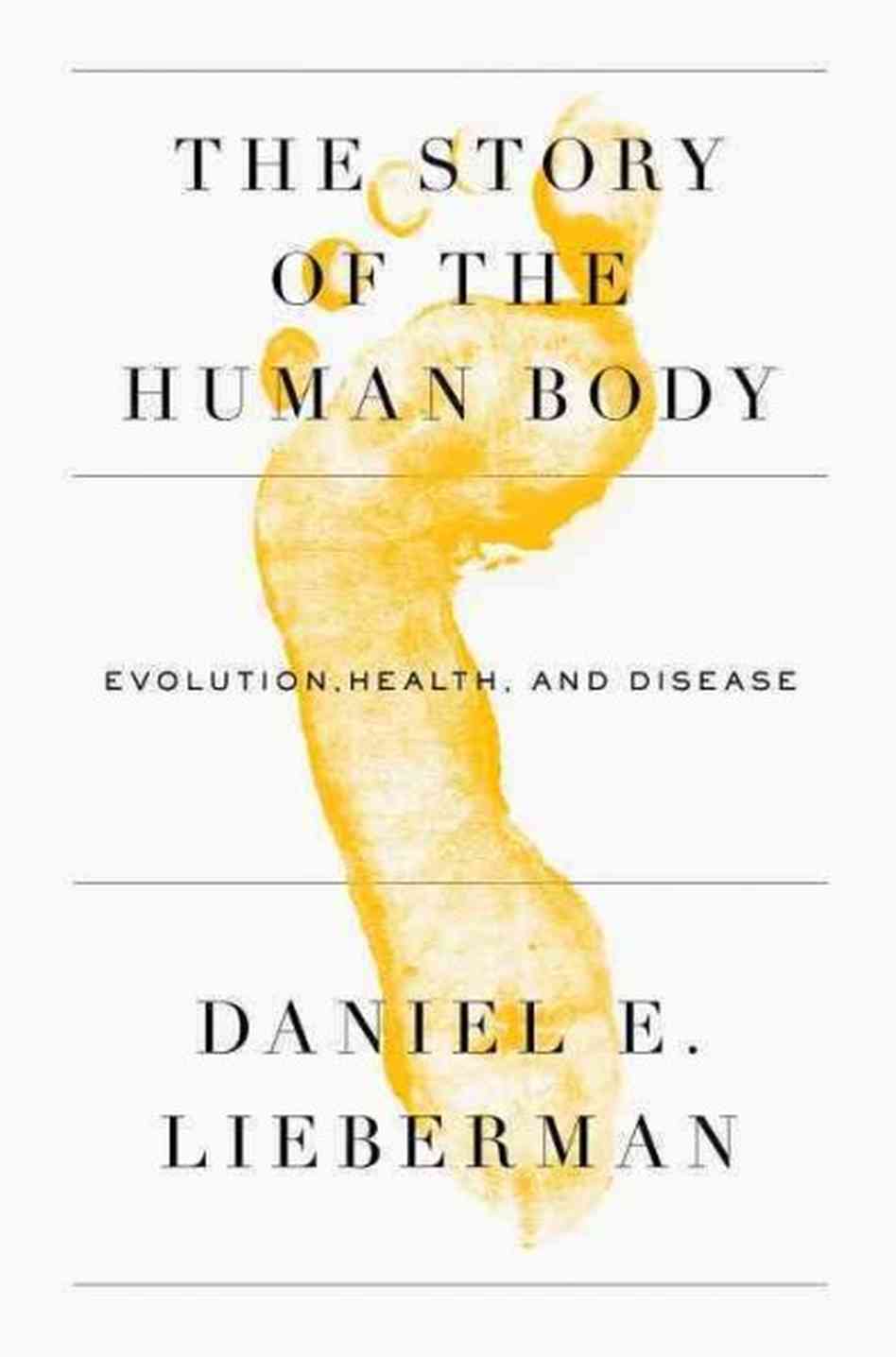 |
The Story of the Human Body Evolution, Health and Disease
Daniel E. Lieberman Pantheon Books, first edition, 2013 ISBN: 978-0-307-37941-2 |
This is one of those books that I discovered as I was browsing through a book store looking for interesting, new material to read. The title intrigued me and after I read the blurb I decided that I needed to read and review the book. The premise of the book is that we should first understand how the human body evolved into its present form to understand how our modern lifestyle/environment can negatively affect our health. As a biologist it did not take much time for me to realize that this makes perfect sense. Not only that, but I also wondered whether the pre-medical students that I teach are aware of this connection between evolution and disease. I therefore read the book. Although divided into three discrete parts, the book actually has two major sections: an initial one summarizing the evolution of the human body over the last 200,000 years or so, and a second one describing how our modern lifestyle clashes with our biology. This mismatch between our evolved body and our created environment is what the author calls “dysevolution”, which he hypothesizes might help explain some of our modern ailments like diabetes, impacted wisdom teeth or myopia. Although I believe this premise to be largely correct, and therefore think the book has merit, I was not completely happy with its delivery of the facts. More precisely, I found myself only partially agreeing with many of the biological facts expounded in the second half of the book. To be fair, the author does provide appropriate references and also acknowledges that many concepts are simplified, but if simplification causes the intellectual rigor to be eroded, then the book loses much of its strength. Moreover, it makes me wonder whether the first half of the book is equally oversimplified and imprecise, and I just happened miss this because I am not an anthropologist. Similarly I kept finding small, but annoying mistakes, like misusing the term "gene", when the term "allele" would have been more appropriate. All in all I would be cautious with this book; its thesis is compelling, but its analysis is subpar.
